Yetchatjip (옛찻집)
4.8Km 2024-03-18
33-1 Insadong-gil, Jongno-gu, Seoul
+82-2-722-5332
Yetchatjip in Insa-dong offers a variety of teas including ssanghwacha (medicinal herb tea), jujube tea, lotus leaf tea, ginger tea, and citrus tea. Their signature dish during the summer is the yennal patbingsu (old-fashioned shaved ice with red beans), topped with sweet red bean and sweet rice cakes, served on finely shaved ice. Additionally, they offer traditional Korean snacks such as grilled rice cake stick, yakgwa (honey cookie), and traditional Korean sweets to accompany the tea.
Insa-dong Chatjip (인사동찻집)
4.8Km 2024-03-15
33-1 Insadong-gil, Jongno-gu, Seoul
+82-2-723-4909
Insa-dong Chatjib is a traditional hanok tea house located in Insa-dong. Here, you can enjoy a variety of traditional teas brewed in-house. One of their signature menu items is the hobak sikhye (pumpkin sweet rice punch). They also offer other options such as jujube tea, ginger tea, and more. Many people visit to enjoy a leisurely time sipping tea in the serene atmosphere of the hanok. Nearby attractions include Ssamzigil and the Seoul Museum of Craft Art, making it a great place to explore together.
Dolsilnai - Insa Branch (돌실나이 (인사점))
4.8Km 2022-12-26
35, Insadong-gil, Jongno-gu, Seoul
+82-2-737-2232
To popularize hanbok, Dolsilnai offers modified hanbok suited for daily use. Focusing on simple elegance, Dolsilnai hanbok is known for all-cotton fabrics and pigment dyeing. While it doesn't ignore the beauty of traditional hanbok, Dolsilnai hanbok also emphasizes functional and practical qualities essential for modern daily living.
Euljiro Nogari Alley (을지로 노가리골목)
4.8Km 2024-10-29
129, Eulji-ro, Jung-gu, Seoul
+82-2-1330
The alley that connects from Euljiro 3(sam)-ga Station, Exit 4 is full of people eating dried young pollack and drinking beers at tables along the street every night. Under the bright lamp lights, plastic tables filled with customers can be seen. The first Nogari pub, Eulji OB Bear, opened in November 1980 to form what is now the Euljiro Nogari Alley. Euljiro also has the largest Printing Alley in the nation, providing printing for almost all books and printed materials across the country. The shift workers would stop by the pub for dried young pollack and cold beer before heading home after work, leading to more restaurants opening nearby until the alley was formed. In the beginning dried young pollack was cooked over a briquet fire and served with red pepper paste, but now, the alley is full of pubs and restaurants serving various types of food, but nothing beats nogari and cold draft beer.
Tapgol Park (탑골공원)
4.8Km 2024-03-04
99, Jong-ro, Jongno-gu, Seoul
+82-2-731-0534
Tapgol Park is the first modern park in Seoul. Having been the site of the Buddhist temple of Wongaksa Temple since 1467, the land was turned into a park in 1897. The park has a significant presence in Korean history, being the place where the March 1 Independence Movement began in 1919. One can find historical sites that hearken back to the struggle, such as the Palgakjeong Pavilion, the center of the movement; cultural heritage sites such as the Ten-story Stone Pagoda of Wongaksa Temple Site and the Stele for the Construction of Daewongaksa Temple at Wongaksa Temple Site; and monuments such as the independence movement relief plate, murals, the statue of Son Byeong-hee, and the statue of Han Yong-un.
Kumho Museum of Art (금호미술관)
4.8Km 2020-06-11
18, Samcheong-ro, Jongno-gu, Seoul
+82-2-720-5114
The Kumho Museum of Art was opened to celebrate the diversity of art. The museum displays new pieces of art from promising new artists and accomplished artists every year. The museum first opened its doors in Gwanhun-dong in 1989, but moved to a larger area in 1996 where it stands today. The Kumho Museum of Art stands on the east side of Gyeongbokgung Palace. The museum is surrounded by other cultural and folk museums. The B1 floor features artwork of new artists while the 1st and 2nd floors feature project exhibitions and invitation exhibits. About once a year foreign artists are invited to display their art in the museum. There are official invitation exhibitions of seven artists yearly. These are artists who have strongly influenced Korean art. On the 3rd floor of the museum is a small concert hall, also known as Kumho Recital Hall. Although the capacity is only 171 people, all concerts are executed with professional care. On the 1st floor there is a coffee shop and an art shop. The coffee shop and art shop remain open on days the museum is closed.
Banyan Tree Club & Spa Seoul (반얀트리 클럽 앤 스파 서울)
4.8Km 2021-06-22
60, Jangchungdan-ro, Jung-gu, Seoul
+82-2-2250-8000
Banyan Tree Club & Spa Seoul is a membership club & hotel operated by Banyan Tree Hotel & Resort, Singapore’s top resort brand. The new urban resort is a place where visitors can enjoy quality spa services while taking in a panoramic view.
Located on Namsan Mountain in the center of Seoul, Banyan Tree Club & Spa Seoul consists of three buildings: the Club, the Hotel and the Festa. Facilities include an outdoor sports center and other luxurious amenities like an outdoor pool, 23 cabanas, a sauna, fitness center, driving range, tennis court, outdoor playing field, spa, and kids’ club. The hotel houses 34 suites with private relaxation pools, and 16 members-only club rooms. The two Presidential Suites located on the top floor offer a fantastic night view of Seoul and Namsan Mountain.
Seoul Gongyesa [Tax Refund Shop] (서울공예사)
4.8Km 2024-04-16
1F, 27-1, Insadong-gil, Jongno-gu, Seoul
-
Korean Craft Hall (한국공예관)
4.8Km 2021-07-08
33, Insadong-gil, Jongno-gu, Seoul
+82-2-720-3301
The Korean Craft Hall, located in Insa-dong, displays and sells Korean crafts by artists in Cheongju. It presents over 100 different kinds of crafts including crafts related to Jikji (the oldest remaining book in the world using the metal printing method). Customers are exposed to rich informaton on Jikji and the International Craft Biennale. Main products include neckties (using metal printing), pottery, textile crafts, jewelry, and products using Korean traditional patterns and handwritings.
Jidaebang (지대방)
4.8Km 2021-03-29
33, Insadong-gil, Jongno-gu, Seoul
+82-2-738-5379
It is a traditional tea house where you can learn how to drink tea. This cafe is located in Jongno-gu, Seoul. The representative menu is chrysanthemum tea.

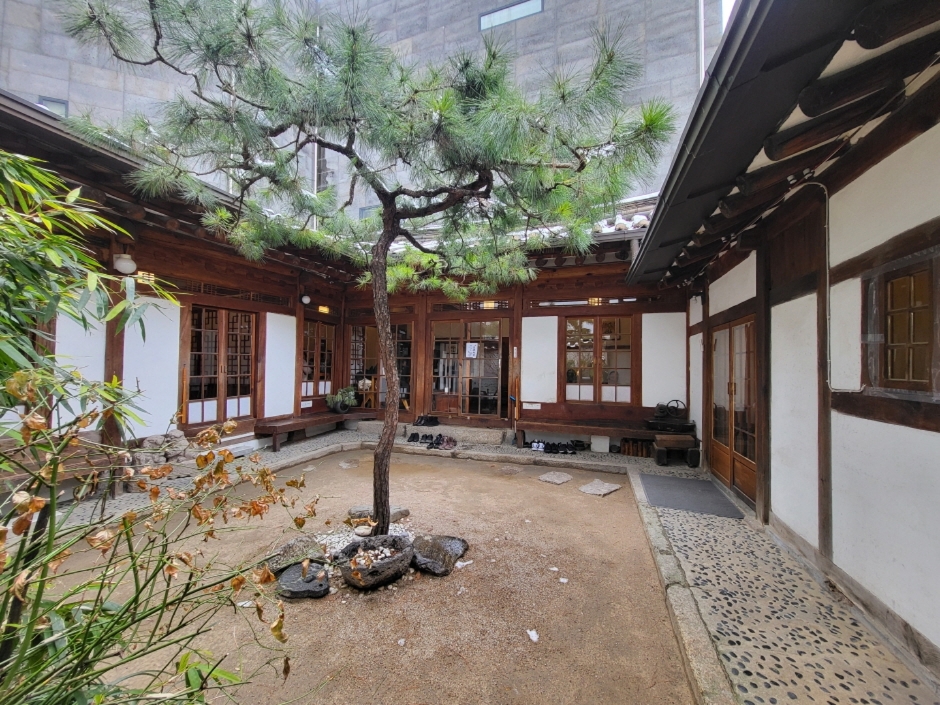
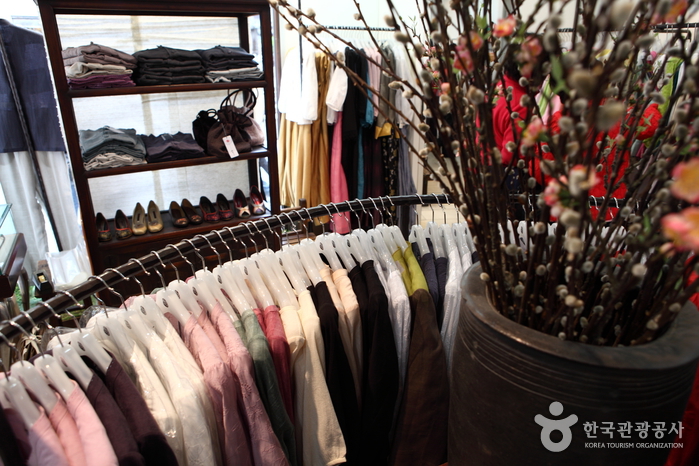
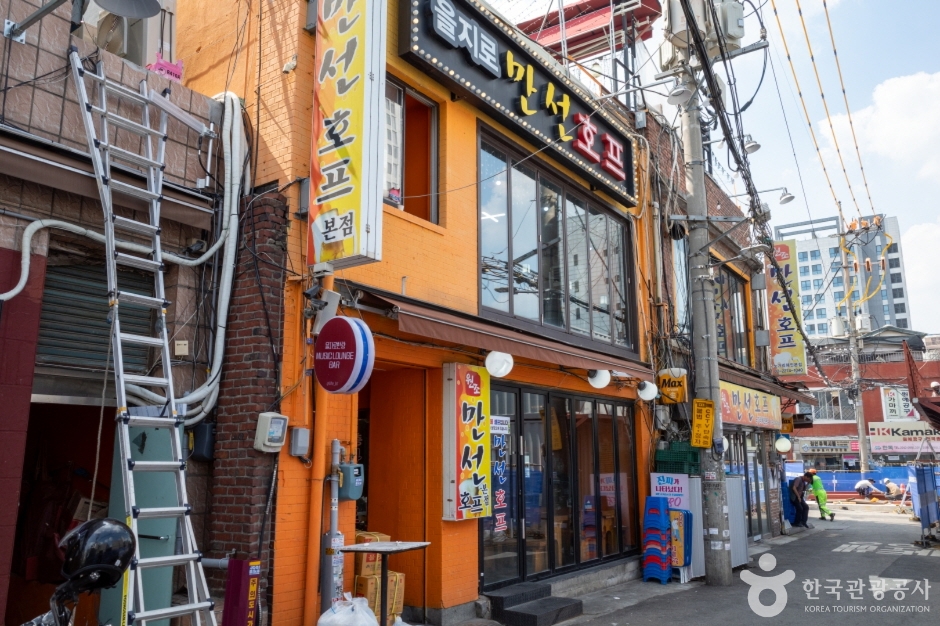
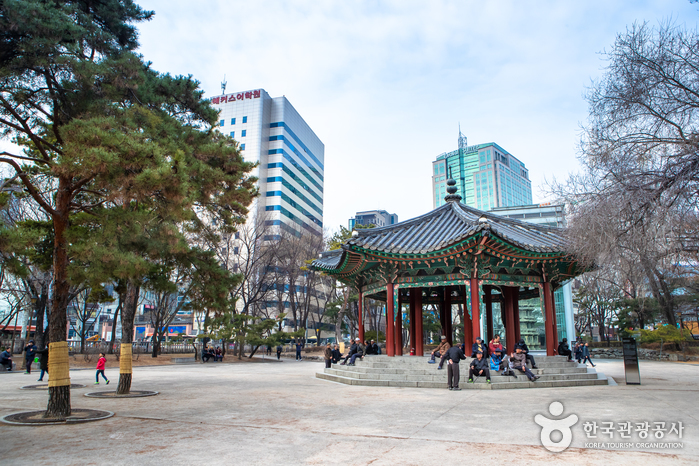
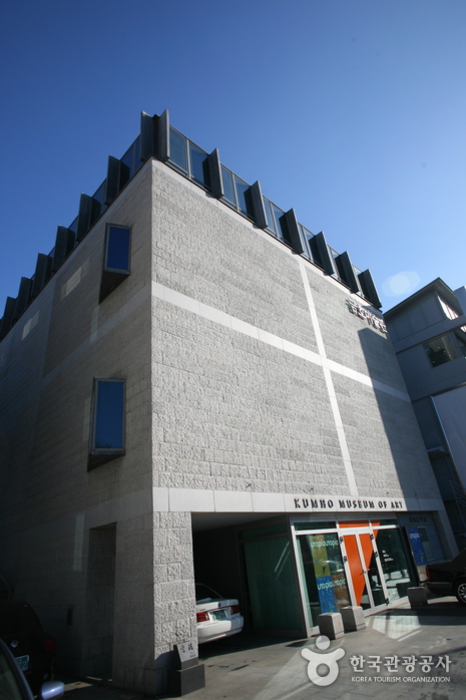
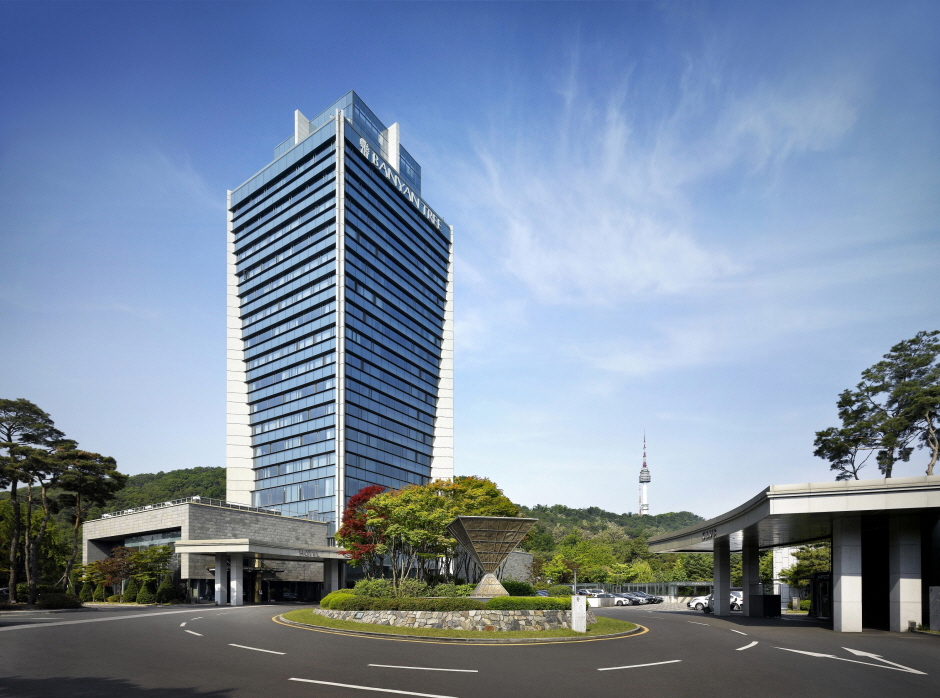
![Seoul Gongyesa [Tax Refund Shop] (서울공예사)](http://tong.visitkorea.or.kr/cms/resource/10/2878210_image2_1.jpg)
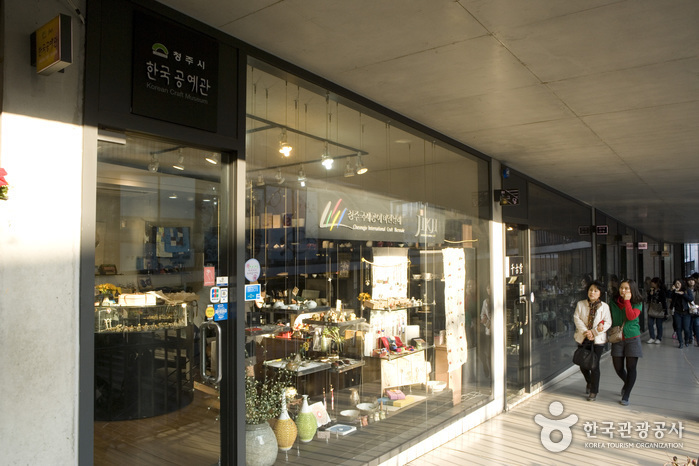
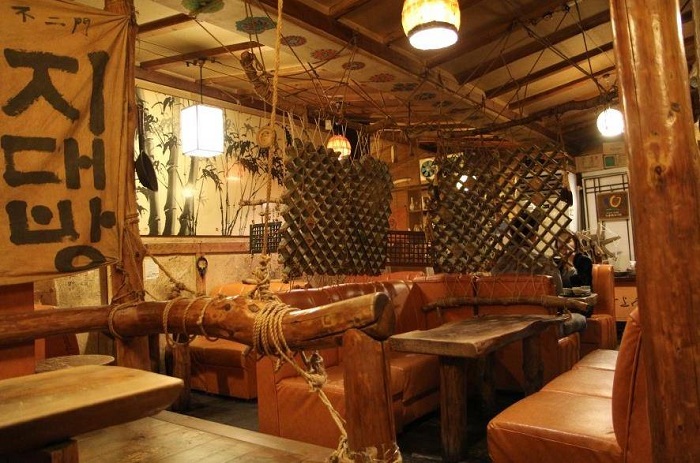
 English
English
 한국어
한국어 日本語
日本語 中文(简体)
中文(简体) Deutsch
Deutsch Français
Français Español
Español Русский
Русский